Buy Sugar Glider Online / 100% Affordable Sugar Glider for sale online
The sugar glider has soft, thick, mink-like, gray fur that covers its body and tail. A black stripe runs the full length of the body in line
The common name refers to its predilection for sugary Buy Sugar Glider Online
Sugar gliders are generally 5 to 12 inches (13 to 30 centimeters) long, with a tail that is 6 to 9 inches (15 to 23 centimeters) long.
Description of the Sugar Glider
Wild Sugar Gliders have brownish-grey fur, large eyes, long tails, and a large flap of skin between their legs. Their fur is darker around their eyes, ears, legs, and in a stripe down their backs. Their underbellies and chests are white or cream in color. Buy Sugar Glider Online
As possum species go, Sugars are relatively small. They measure between 9 and 12 inches long, and weigh around 4 or 5 ounces. Males of this species are usually larger than females.
Interesting Facts About the Sugar Glider
These cute little marsupials live as pets in many households across the globe. What makes them so interesting? Learn more about what makes Sugar Gliders unique below. Buy Sugar Glider Online
- What’s in a Name – While the “glider” part of their name might be understandable by now, what about the “sugar?” The name comes from their dietary preferences. Sugars like to eat sugary foods, and nectar in particular is a favorite.
- A Whale of a Tail – The Sugar has an incredibly long tail. In fact, its tail is usually as long as its entire body – measuring about six inches long, while its body measures five or six inches!
- Rudder – That long tail comes in handy when you’re gliding through the air. These critters use their tails to steer when gliding from tree to tree, so they can land in just the right spot.
- Sugar Glider Breeding – As pets, these little mammals come in a variety of colors. Breeders have developed them in albino, cream, white, silver, mahogany, and more.
Habitat of the Sugar Glider
This species relies on forested areas where they can forage for food and glide from tree to tree. Their habitats also must have dense vegetation to protect them from predators. Some of the different habitats that they occupy include eucalyptus forests, woodlands, rainforests, plantations, scrub forests, and more.
Diet of the Sugar Glider
Despite their name, this species doesn’t only eat sugary foods, though it does have quite the sweet tooth. Sugar Gliders are omnivores, which means that they eat both plant and animal matter. Their diet varies based on the season and what foods are available.
During the spring and summer, this species feeds mostly on invertebrates. Some common prey items include spiders, beetles, insect larvae, moths, and more. As fall arrives their diet shifts to plant-based foods, like tree sap, pollen, honeydew, and more.
Sugar Glider and Human Interaction
Thankfully, human activity has not heavily impacted Sugar Glider populations. Even though habitat destruction poses a problem, their numbers are high and their populations are healthy. The IUCN lists Sugar Gliders as Least Concern. Sadly, some of their close cousins that live in the same regions do not fare as well.

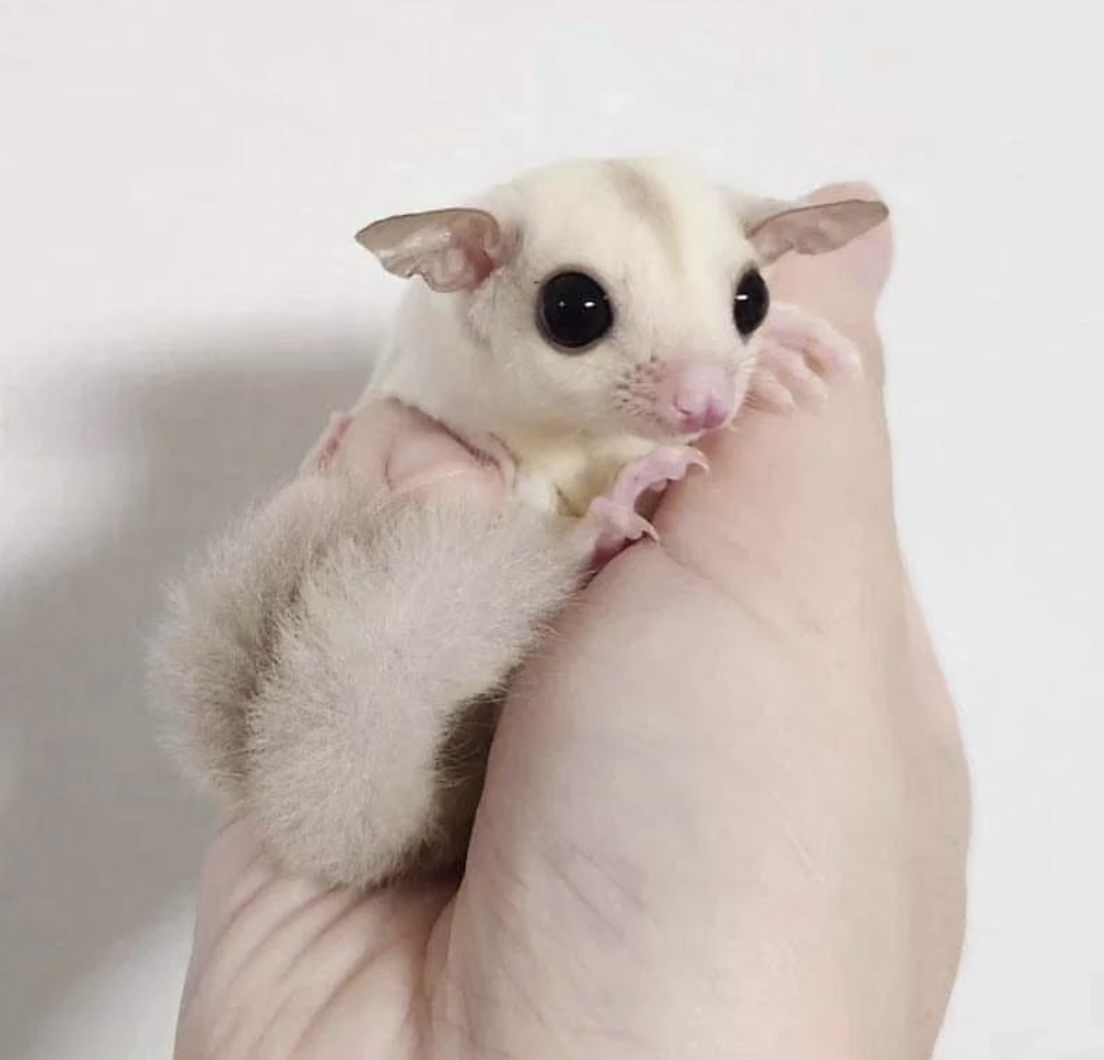
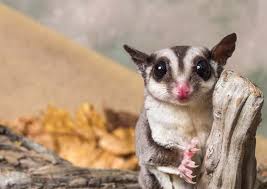

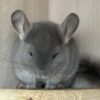
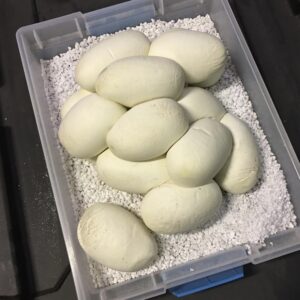
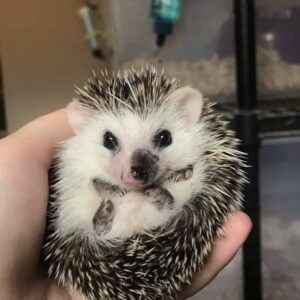
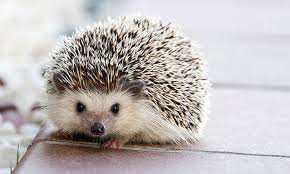
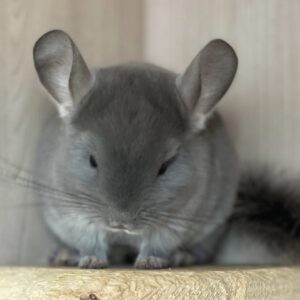
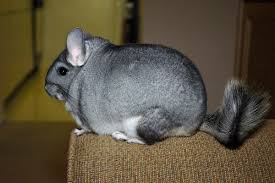
Reviews
There are no reviews yet.